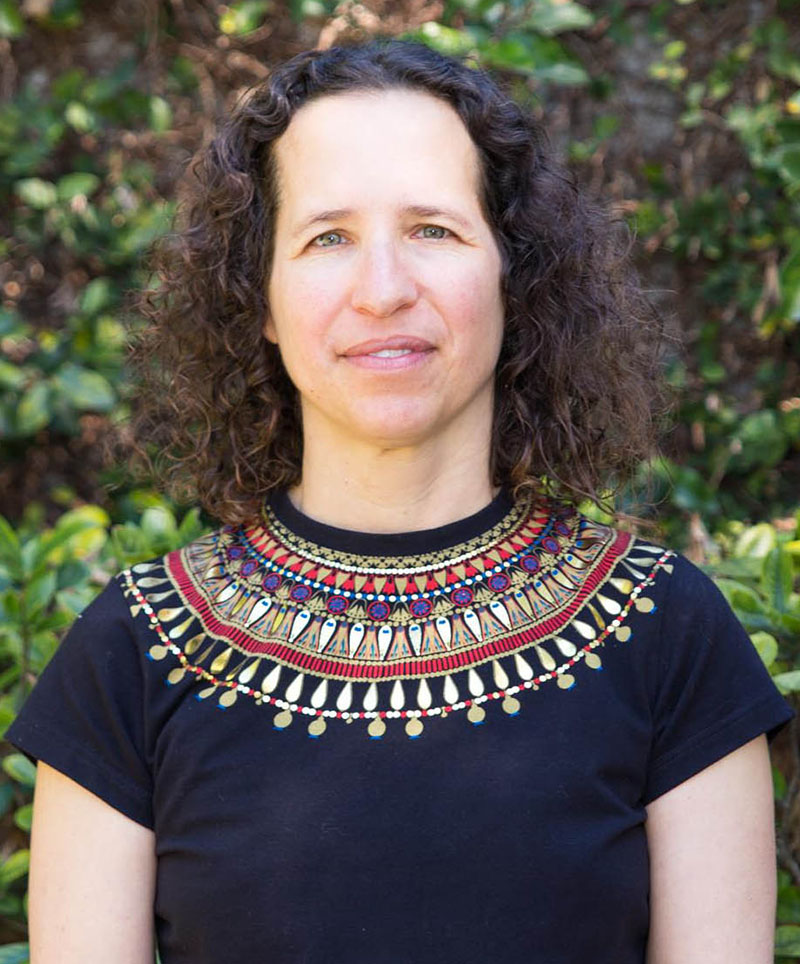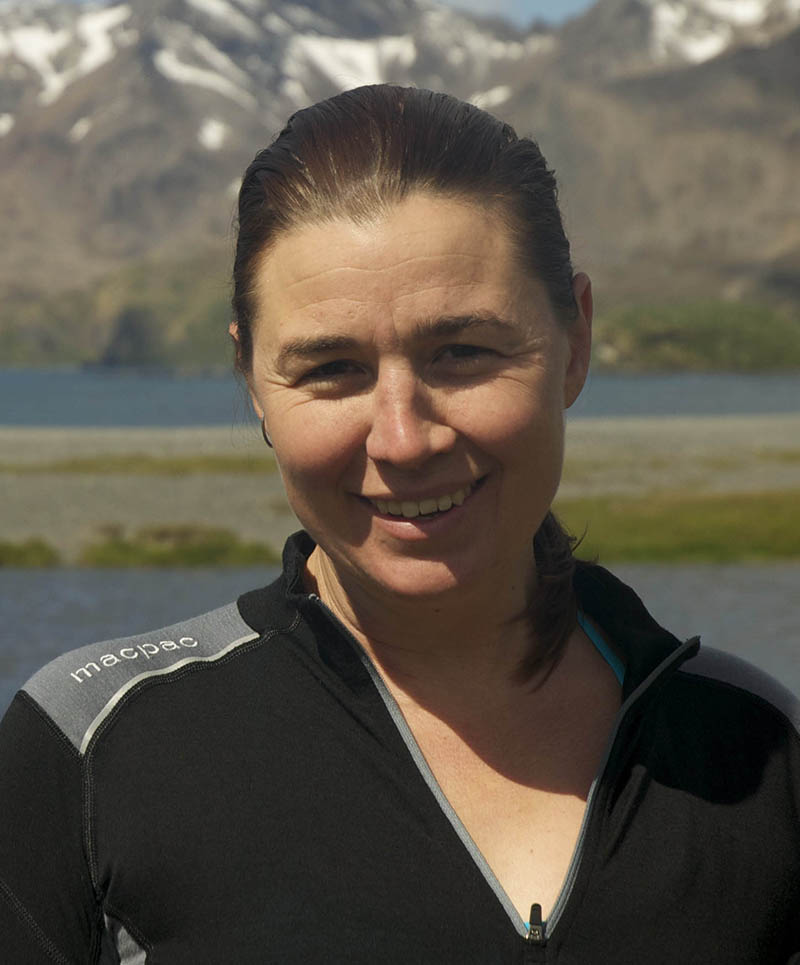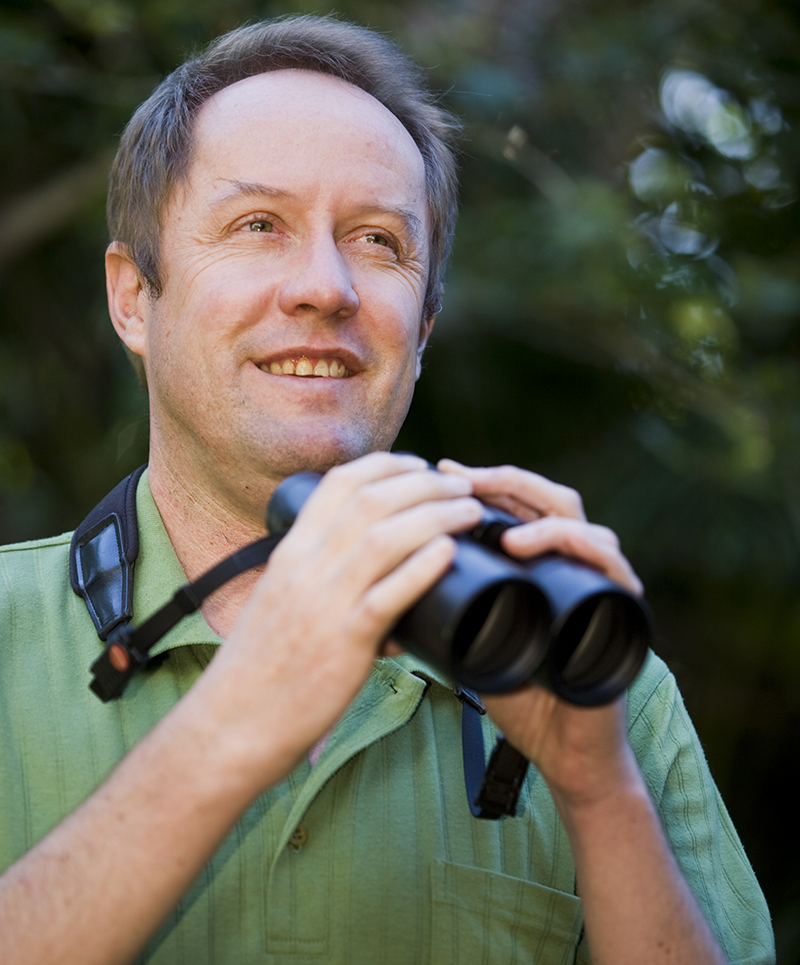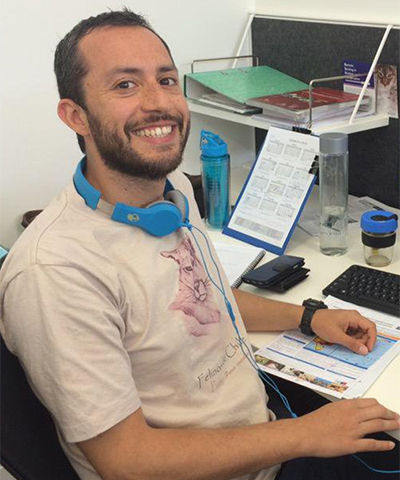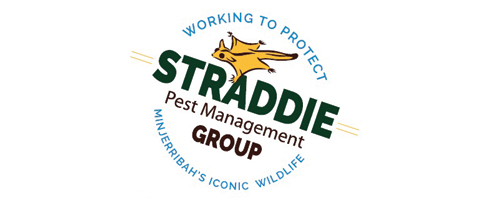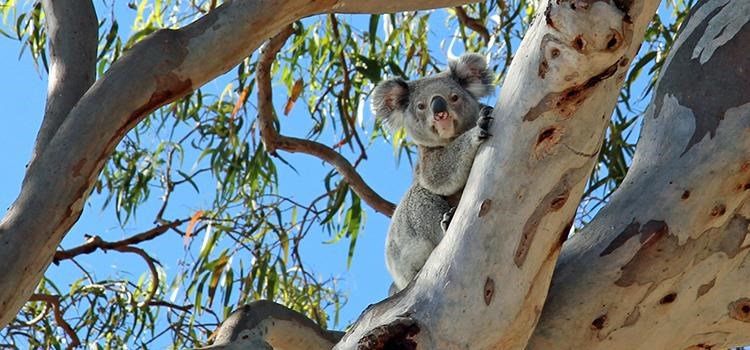
Project: 4.2.2.1
Optimising feral animal control to benefit threatened species on South East Queensland Islands
Project Leaders: Salit Kark , Justine Shaw , Hugh Possingham
Research in Brief
Minjerribah, also known as North Stradbroke Island –or Straddie– has important environmental and cultural values, many of which are being negatively impacted by invasive species, specifically European red foxes and feral cats.
This research project aims to support invasive species eradication planning on Minjerribah by gathering relevant local knowledge about eradication strategies, feasibility, community values and time preferences, in order to better inform management objectives.
The findings can support the optimisation of invasive species management and will identify methods that systematically include local communities’ perspectives in future conservation planning, which can be applied on other inhabited Australian islands.
Why is the research needed?
Isolation has made islands hotspots for the evolution of species, but islands are also highly vulnerable to the impacts of invasive alien species. Australia’s most recent three recorded extinctions all occurred on islands and were linked to invasive species. In response, government and non-government agencies have aimed to eradicate invasive species on multiple Australian islands. Invasive species eradications on inhabited islands present unique challenges.
Minjerribah, 30 km southeast of Brisbane, is the world’s second largest sand island and has a population of over 2000 people. The community supports invasive species management as feral cats and foxes prey on the island’s rich wildlife such as sea turtles, bandicoots, threatened frog species, internationally protected shorebirds and rare small mammalian species such as the water mouse.
Coordinating invasive species control in an area with multiple human activities and pet animals remains challenging; the high number of individual land managers makes landscape scale activities harder to coordinate; and the ongoing movement of people and goods makes biosecurity more challenging. Hence, effective community engagement is essential to the success of any program. The in-depth local knowledge of land managers is also a valuable resource which will benefit management strategies.
Over the past decade, a variety of invasive animal control activities have been undertaken on Minjerribah. Despite the local knowledge and technical skills of the land managers, more economic and technical support is needed to implement an eradication program that will control the impacts of these threats to local biodiversity. Long-term native fauna monitoring and participatory analysis techniques can support planners to assess the impact of the past and future actions, and to adapt accordingly.
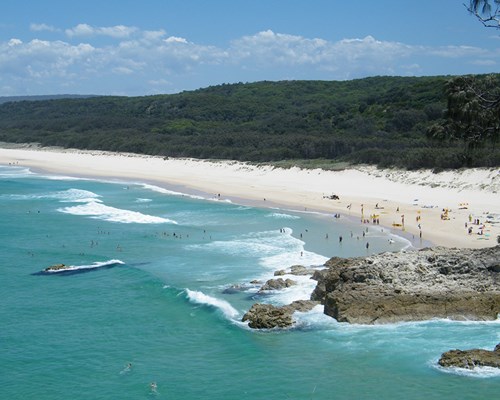 The number of residents and visitors to the island makes pest animal control challenging. Image: Michael Zimmer CC BY-SA 2.0 Flickr
The number of residents and visitors to the island makes pest animal control challenging. Image: Michael Zimmer CC BY-SA 2.0 Flickr
How can the research help?
This project will address gaps in knowledge regarding community values and preferences on how to tackle the impacts caused by red foxes and feral cats on Minjerribah. This will allow us to better inform land managers and help them to define long-term strategies for the management of introduced species on Minjerribah, and will provide them with information to optimise future control activities. The findings will also be relevant to the optimisation of feral animal control on other Australian islands, especially populated islands.
This project will:
- Gather and incorporate local knowledge into systematic management plans
- Use participatory analysis techniques to collect information on community values and preferences for different management strategies
- Develop strategies to optimise the control of introduced species and their impacts
The new knowledge and management techniques produced will improve our ability to deal with invasive species on islands, and to use participatory analysis techniques to increase community involvement and long-term commitment in related programs.
The project team is working closely with the Straddie Pest Management Group (SPMG). SPMG is a partnership of state and local government agencies, Indigenous groups, private businesses and community groups whose ultimate goal is to protect local biodiversity and values. It was formed almost a decade ago, in order to facilitate a more co-ordinated approach to pest management and to increase community engagement. Working with SPMG will ensure that guidance is tailored to local conditions and needs and is communicated to all groups active in introduced species management on Minjerribah.
What research activities are being undertaken?
The project has:
- Assembled and consulted a working-group of land managers, traditional owners and expert community members to gather local and cultural knowledge to benefit management plans
- Developed six potential scenarios directed at management of Red Fox and Feral Cat on Minjerribah
- Created a tool to assess the cost effectiveness of the six competing management scenarios
In addition, we will:
- Develop population dynamic models to better understand the effects of species management actions
- Inform species management methods that assist in identifying ways that objectives can be achieved in a cost effective way.
- Attempt to reconstruct Minjerribah’s terrestrial vertebrate fauna network to asses eradications and the potential for cascading effects

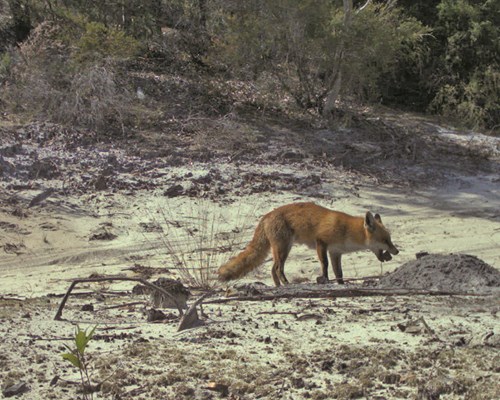 A red fox is caught on camera digging up a bait on Minjerribah. Image Dan Carter/Sibelco Australia Limited
A red fox is caught on camera digging up a bait on Minjerribah. Image Dan Carter/Sibelco Australia Limited
Who is involved?
The research team from the University of Queensland has sought input from the members of the Straddie Pest Management Group including Quandamooka Yoolooburrabee Aboriginal Corporation, Queensland Parks & Wildlife Service, Redlands City Council and local community groups: Friends of Stradbroke Island, Straddie Wildcare, Stradbroke Island Management Organisation, Point Lookout Bushcare Group. Consultations are also happening with a broad range of community members and land and pest managers.
Where is the research happening?
The research is occurring on Minjerrribah (North Stradbroke Island). Some analyses for red foxes will occur on an Australia-wide continental scale.
When is the research happening?
The research began in 2016 will be completed in early 2020.
Further information
For more information contact:
Hernan Caceres - h.caceres@uq.edu.au
Associate Professor Salit Kark - s.kark@uq.edu.au
Top image: A wide variety of native wildlife are highly valued by the broader the community on Minjerribah. Image: S. Newrick CC BY-SA 4.0 Wikimedia Commons
